 Barriere resident Harley Wright has served as the president of the BC Community Forest Association, and is currently the chair of the Lower North Thompson Community Forest Society (LNTCFS). In a December 2021 interview Wright explained, “all community forests have a rural mantra of trying to protect their forests for long term sustainability for the benefit of their community.” “Historically, the First Nations in particular, were the ones that helped us get a community forest [in the Lower North Thompson] in 2003 after the McLure Wildfire,” explained Wright. …He notes the First Nations operating a community forest have a community forest license, they also have a First Nations woodland licence, and may also have a wood lot as well. However, the provincial government’s regulations for First Nations’ community forests is not the same as other community forest licences – something they would like to change.
Barriere resident Harley Wright has served as the president of the BC Community Forest Association, and is currently the chair of the Lower North Thompson Community Forest Society (LNTCFS). In a December 2021 interview Wright explained, “all community forests have a rural mantra of trying to protect their forests for long term sustainability for the benefit of their community.” “Historically, the First Nations in particular, were the ones that helped us get a community forest [in the Lower North Thompson] in 2003 after the McLure Wildfire,” explained Wright. …He notes the First Nations operating a community forest have a community forest license, they also have a First Nations woodland licence, and may also have a wood lot as well. However, the provincial government’s regulations for First Nations’ community forests is not the same as other community forest licences – something they would like to change.
 …Molly Hudson, director of sustainability, and Colin Koszman, land use forester of Mosaic Forest Management, appeared before Cumberland council in December to update the village on the company. “We’re always happy to talk about our activities,” Hudson said. “Our company is really based on the tenets of responsible stewardship.” The company operates on some Crown land and on a tree farm licence, as well as privately owned land, as is the case with Cumberland forests. Most of their operations take place in second- or third-generation forests. One of the longstanding issues in the Cumberland area, raised at previous council meetings, has been burning, though Hudson said the company is making progress by reducing the level of pile burning by about 10 per cent a year over the last few years. The province, she added, is moving toward having waste chipped rather than burned by the end of this decade.
…Molly Hudson, director of sustainability, and Colin Koszman, land use forester of Mosaic Forest Management, appeared before Cumberland council in December to update the village on the company. “We’re always happy to talk about our activities,” Hudson said. “Our company is really based on the tenets of responsible stewardship.” The company operates on some Crown land and on a tree farm licence, as well as privately owned land, as is the case with Cumberland forests. Most of their operations take place in second- or third-generation forests. One of the longstanding issues in the Cumberland area, raised at previous council meetings, has been burning, though Hudson said the company is making progress by reducing the level of pile burning by about 10 per cent a year over the last few years. The province, she added, is moving toward having waste chipped rather than burned by the end of this decade.
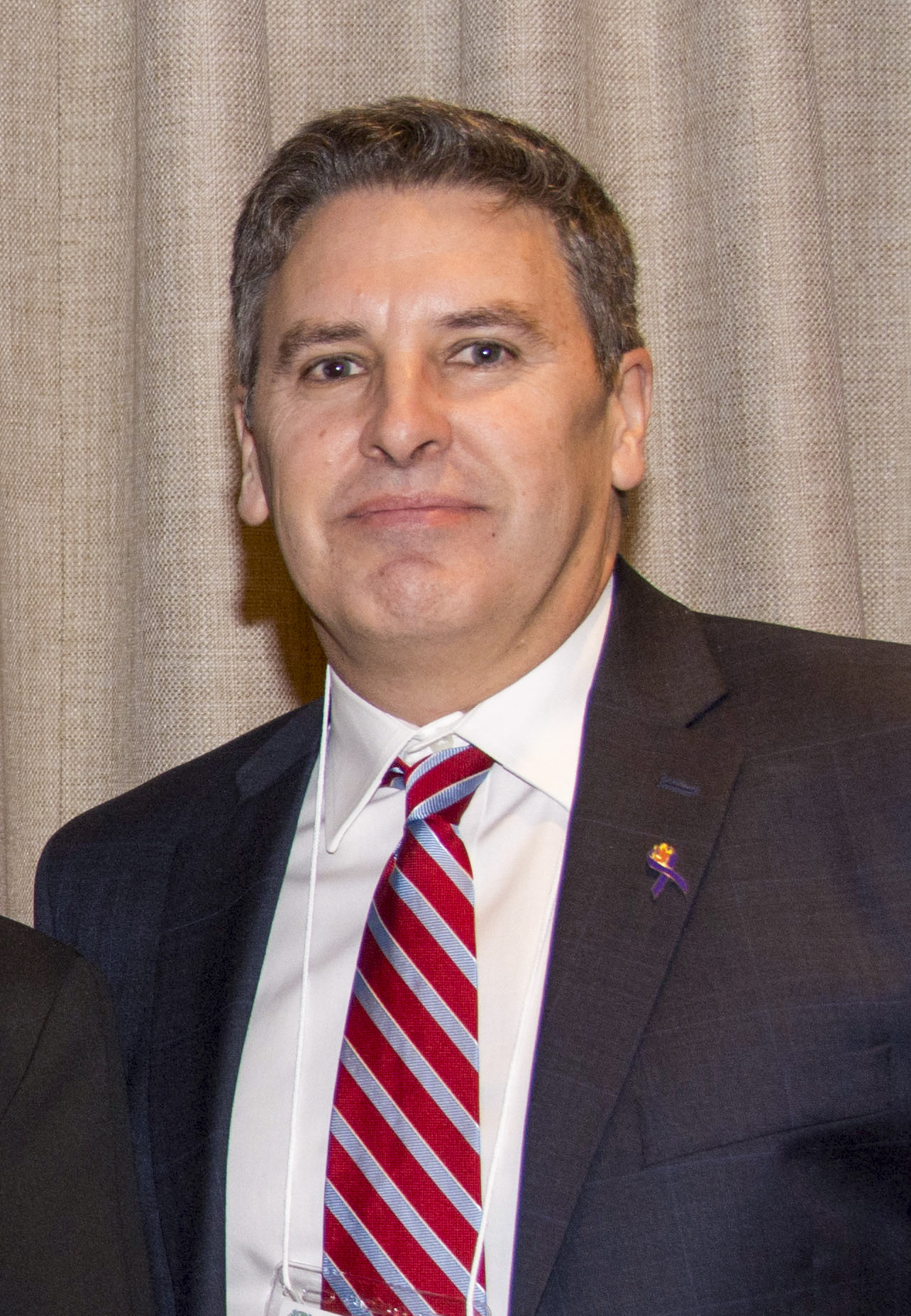


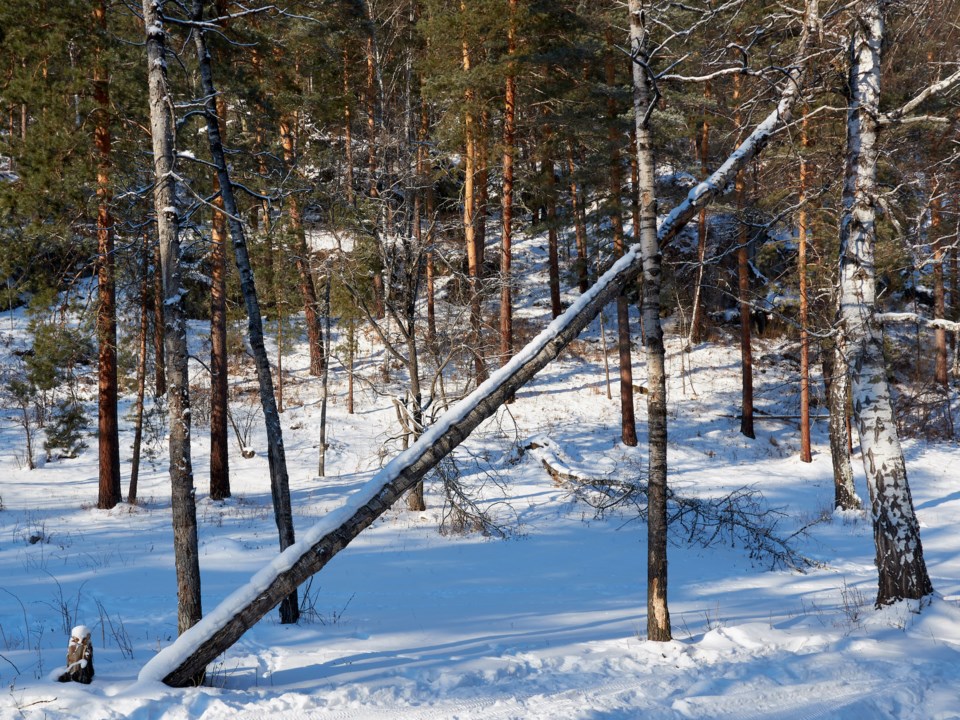
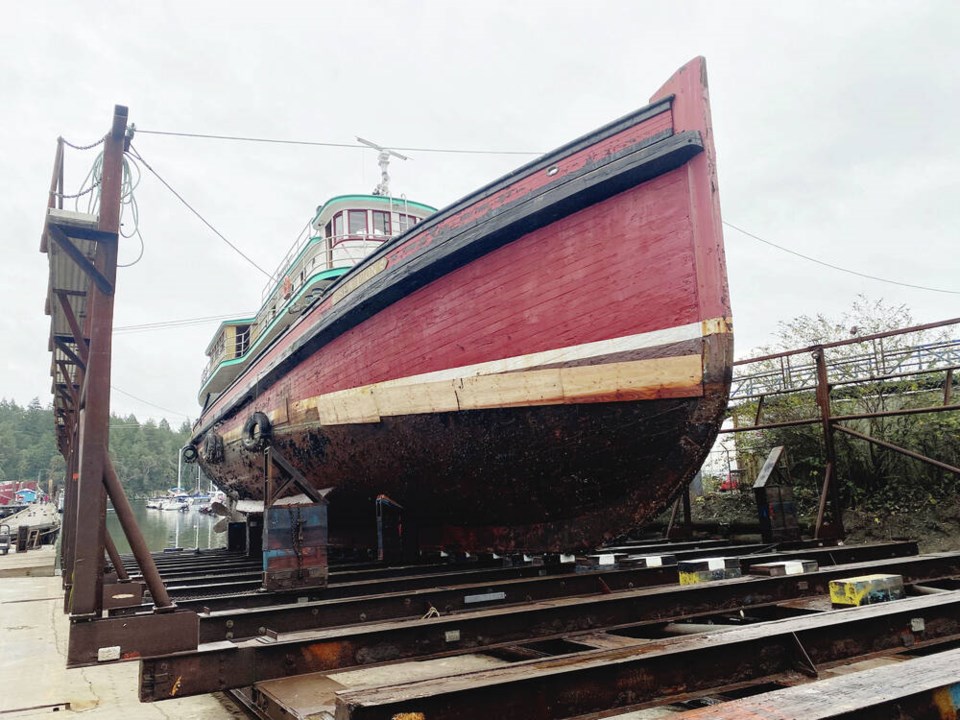

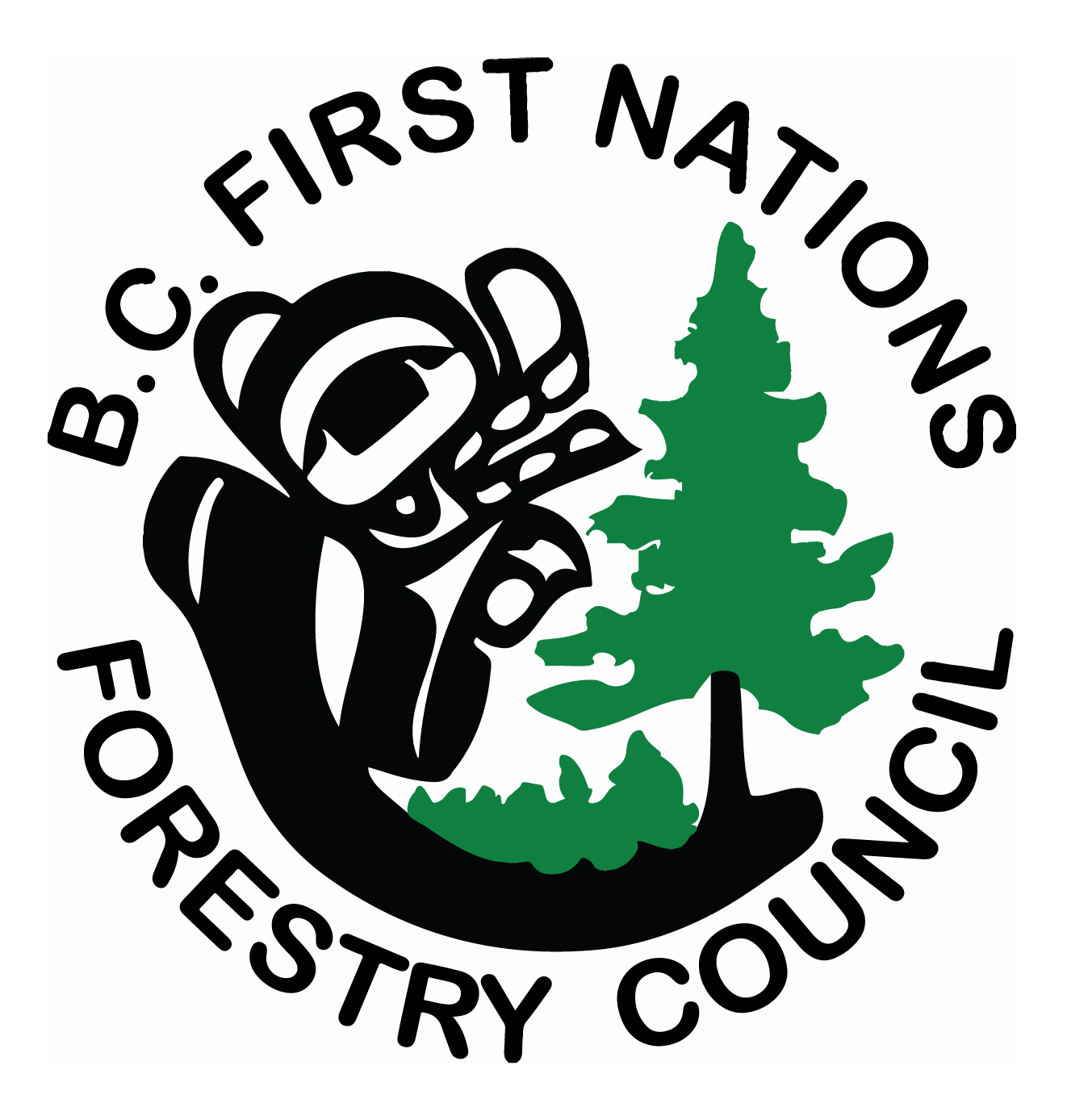
 The Winter 2022 edition of BC Forest Professional is now available online. Inside you’ll find:
The Winter 2022 edition of BC Forest Professional is now available online. Inside you’ll find:




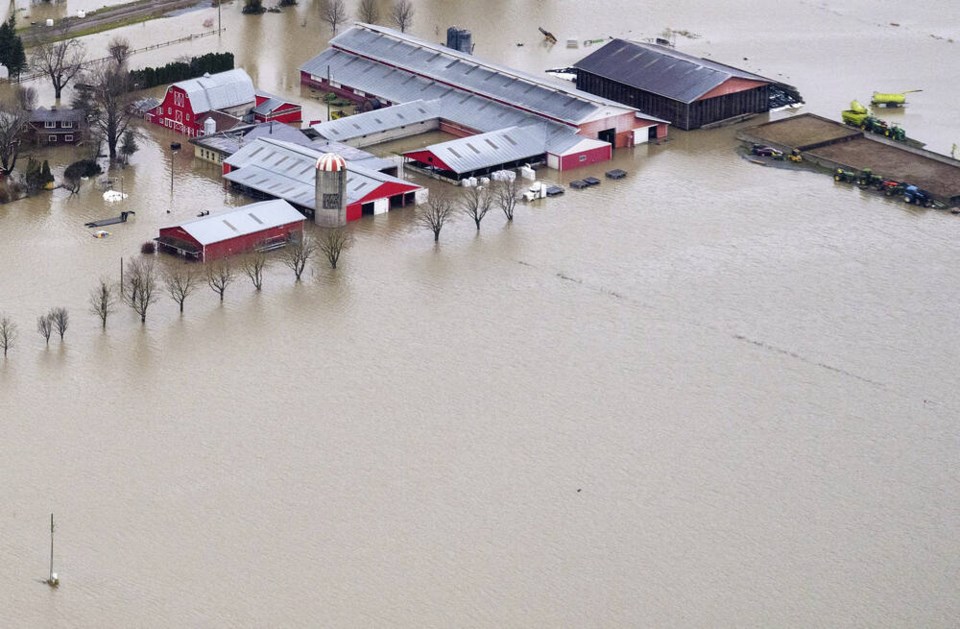



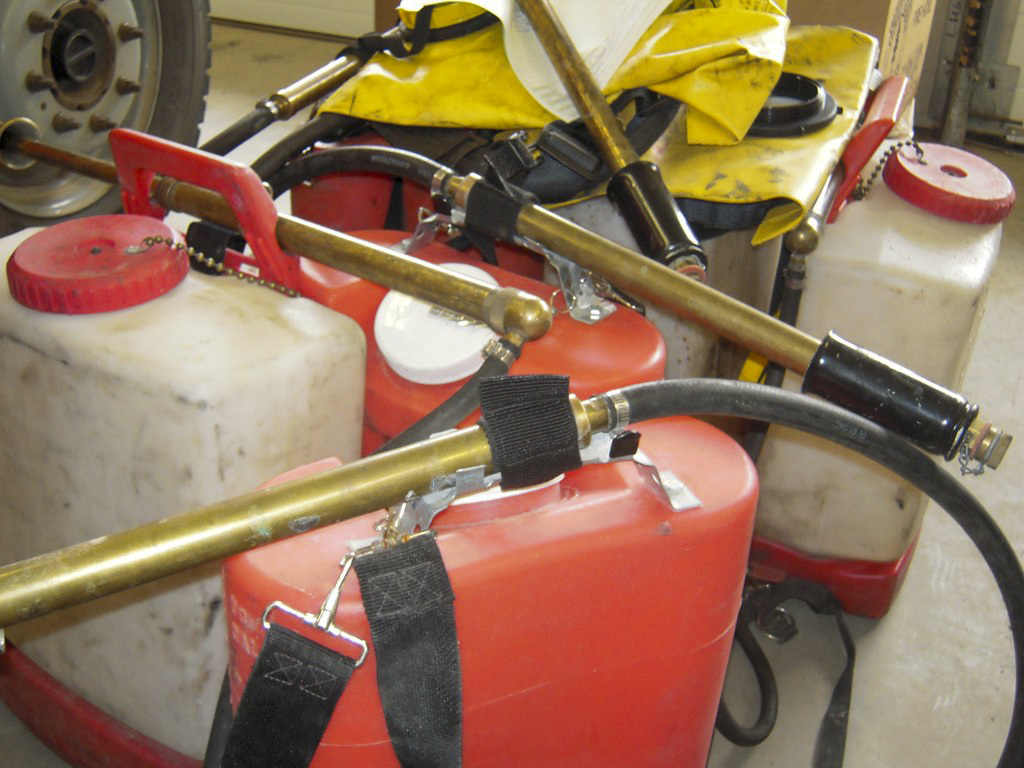 Expanding forests and improving wildfire management protect ecosystems that capture significant amounts of carbon, but experts have stated that more can be done. Specifically, they have reported intentionally setting controlled fires can help maximize the amount of carbon stored in these ecosystems. A study published in Nature Geoscience stated that controlled burning can lock in or increase the amount of carbon stored in temperate forests, savannahs, and grasslands because of the impacts it has on the soil. …So, how do controlled fires help ecosystems store more carbon? The biomass that is incinerated during controlled burns creates charcoal, which forms clumps of soil that are resistant to decomposition and protect carbon-rich organic matter in the centre of the clump from future burning. The amount of carbon that is bound to other minerals in the soil also increases with controlled burns.
Expanding forests and improving wildfire management protect ecosystems that capture significant amounts of carbon, but experts have stated that more can be done. Specifically, they have reported intentionally setting controlled fires can help maximize the amount of carbon stored in these ecosystems. A study published in Nature Geoscience stated that controlled burning can lock in or increase the amount of carbon stored in temperate forests, savannahs, and grasslands because of the impacts it has on the soil. …So, how do controlled fires help ecosystems store more carbon? The biomass that is incinerated during controlled burns creates charcoal, which forms clumps of soil that are resistant to decomposition and protect carbon-rich organic matter in the centre of the clump from future burning. The amount of carbon that is bound to other minerals in the soil also increases with controlled burns.


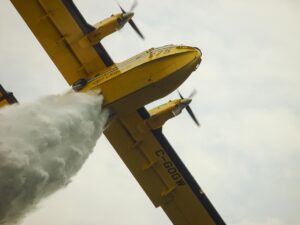


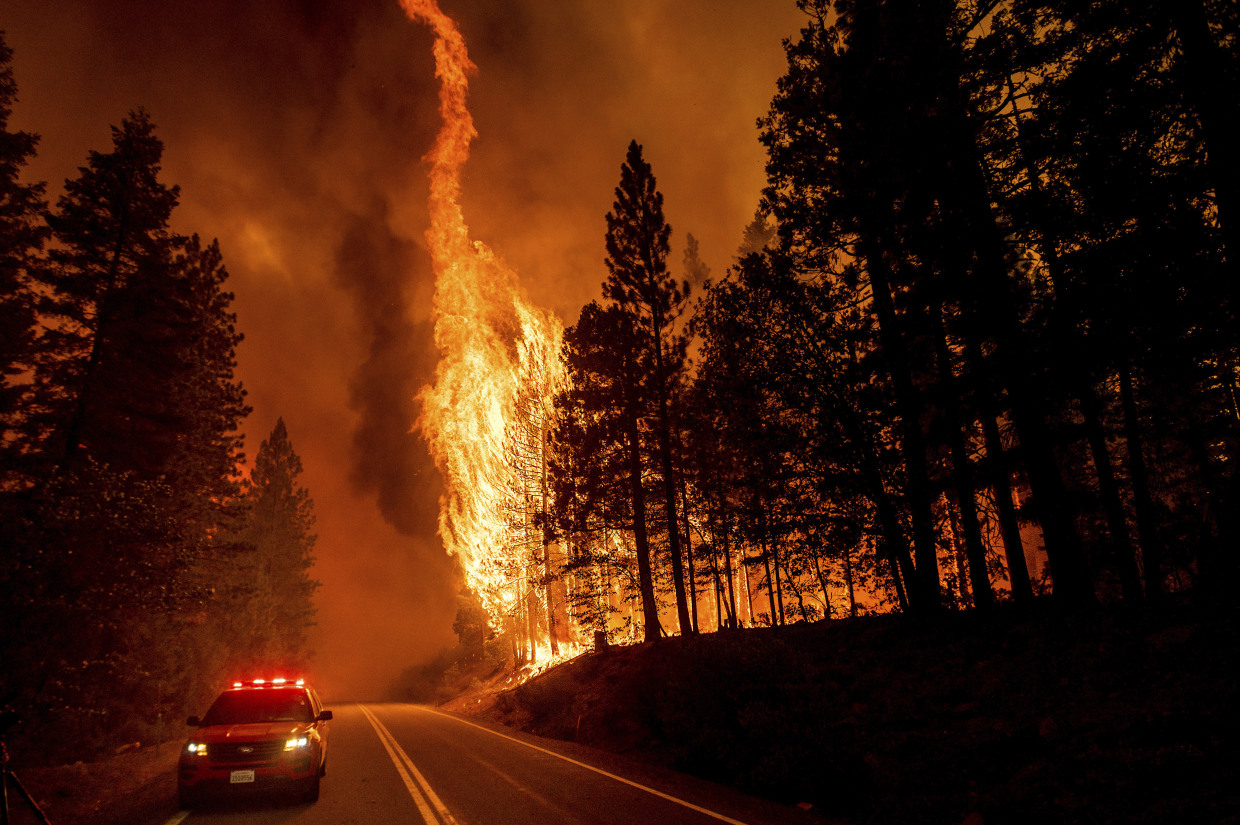

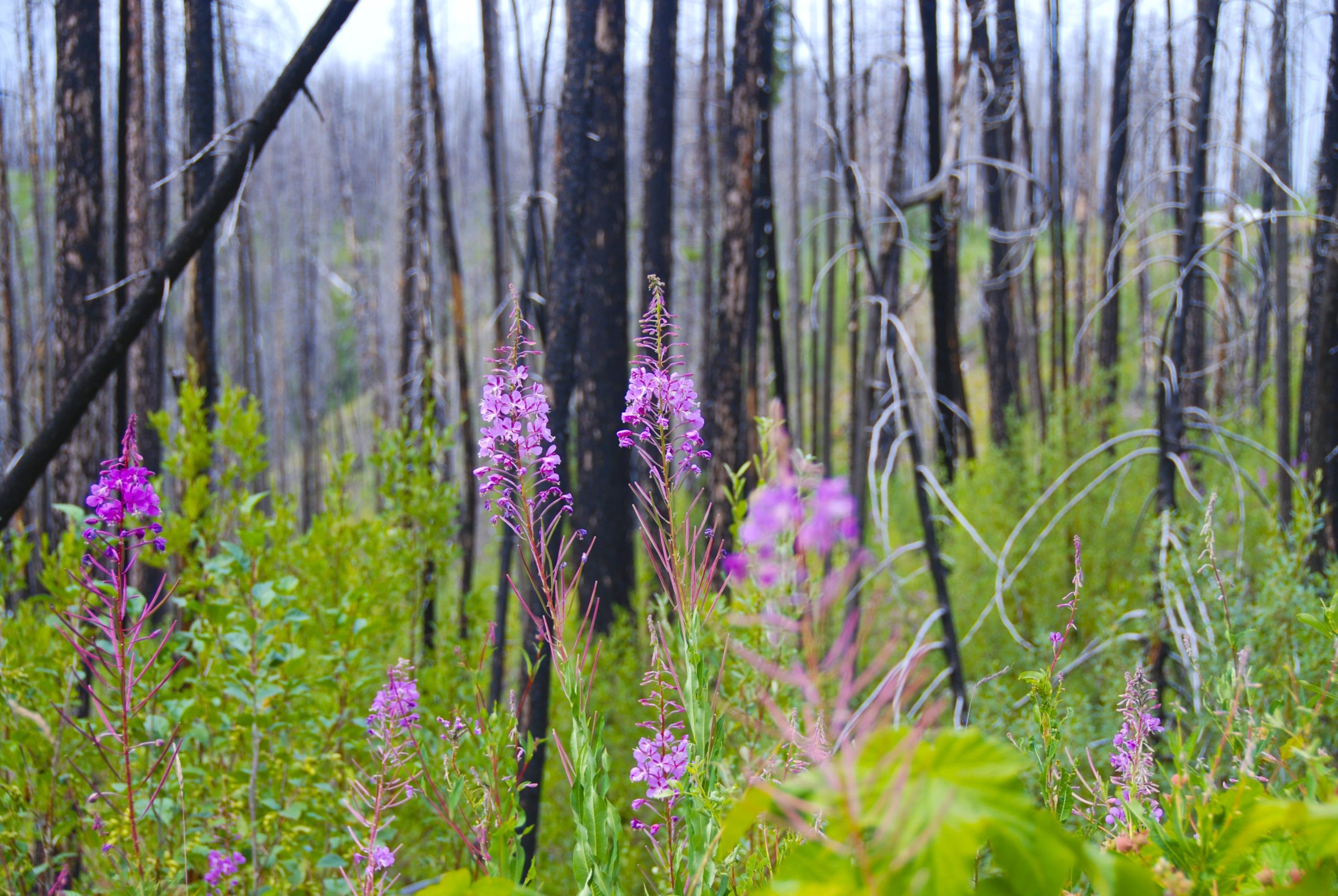 Recent lawsuits have been filed to prevent the reopening of forest roads in areas burned by wildfires. I am concerned this obstruction will lead to seriously damaging environmental consequences. This concern is based on on-the-ground experience performing extensive fire recovery surveys for the forest service in those areas this past field season and generally, from my five decades as a forest worker. Dangerous snags and down trees blocking roads are keeping crews from getting in to address the significant post-fire erosion potential, especially at road-stream crossings. If culvert pipes deep under forest roadways are not monitored and periodically cleared of debris, stormwater can back up and wash over the road surface cutting through loose dirt fill. Like a bursting dam, the often-large amounts of grade fill used to level crossings can erode completely and wash into streams below.
Recent lawsuits have been filed to prevent the reopening of forest roads in areas burned by wildfires. I am concerned this obstruction will lead to seriously damaging environmental consequences. This concern is based on on-the-ground experience performing extensive fire recovery surveys for the forest service in those areas this past field season and generally, from my five decades as a forest worker. Dangerous snags and down trees blocking roads are keeping crews from getting in to address the significant post-fire erosion potential, especially at road-stream crossings. If culvert pipes deep under forest roadways are not monitored and periodically cleared of debris, stormwater can back up and wash over the road surface cutting through loose dirt fill. Like a bursting dam, the often-large amounts of grade fill used to level crossings can erode completely and wash into streams below. 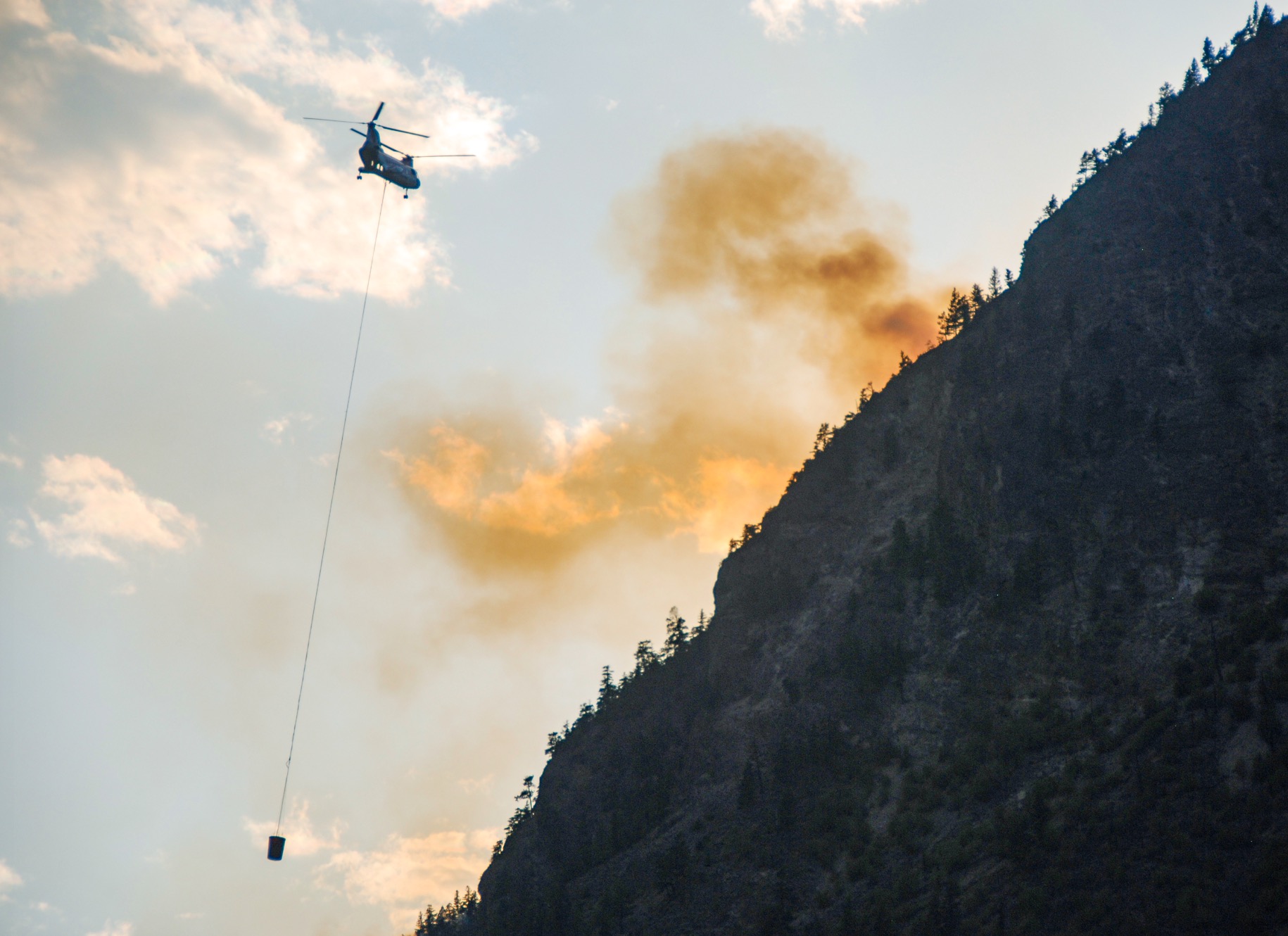 In hindsight, it’s clear that this romance between California and her citizens was fundamentally unstable, built on a lousy foundation and crumbling for years. …The dominant story in California these days is that the orange, dystopian smoke-filled sky that blanketed the state on Sept. 9, 2020, was proof that our beloved was corrupted and had been for some time. We were in the midst of the worst wildfire season in the state’s history, and the evident wrongness traumatized us and shook us awake. Living in California now meant accepting that fire was no longer an episodic hazard, like earthquakes. Wildfire was a constant, with us everywhere, every day, all year long, like tinnitus or regret. …Toward these ends, the State of California is now investing a lot of money in forest management — $1.5 billion for wildfire and forest resilience over the last two years.
In hindsight, it’s clear that this romance between California and her citizens was fundamentally unstable, built on a lousy foundation and crumbling for years. …The dominant story in California these days is that the orange, dystopian smoke-filled sky that blanketed the state on Sept. 9, 2020, was proof that our beloved was corrupted and had been for some time. We were in the midst of the worst wildfire season in the state’s history, and the evident wrongness traumatized us and shook us awake. Living in California now meant accepting that fire was no longer an episodic hazard, like earthquakes. Wildfire was a constant, with us everywhere, every day, all year long, like tinnitus or regret. …Toward these ends, the State of California is now investing a lot of money in forest management — $1.5 billion for wildfire and forest resilience over the last two years.


 Tropical forests are projected to become a source of carbon rather than a sink in the not-so-distant future due to the unrelenting loss of forests and the influence of climate change on the capability of existing forests to collect extra carbon dioxide from the atmosphere. … Recent international accords have focused on ending deforestation and forest degradation, but one of the major concerns in the effectiveness of these accords was a lack of consistent data to monitor emissions and design models … Thanks to recent advances in spaceborne technology, high-resolution imaging, and increased processing power, scientists have now got their hands on a revolutionary and potent instrument … LiDAR technologies are revolutionizing the entire field of Earth monitoring.
Tropical forests are projected to become a source of carbon rather than a sink in the not-so-distant future due to the unrelenting loss of forests and the influence of climate change on the capability of existing forests to collect extra carbon dioxide from the atmosphere. … Recent international accords have focused on ending deforestation and forest degradation, but one of the major concerns in the effectiveness of these accords was a lack of consistent data to monitor emissions and design models … Thanks to recent advances in spaceborne technology, high-resolution imaging, and increased processing power, scientists have now got their hands on a revolutionary and potent instrument … LiDAR technologies are revolutionizing the entire field of Earth monitoring. 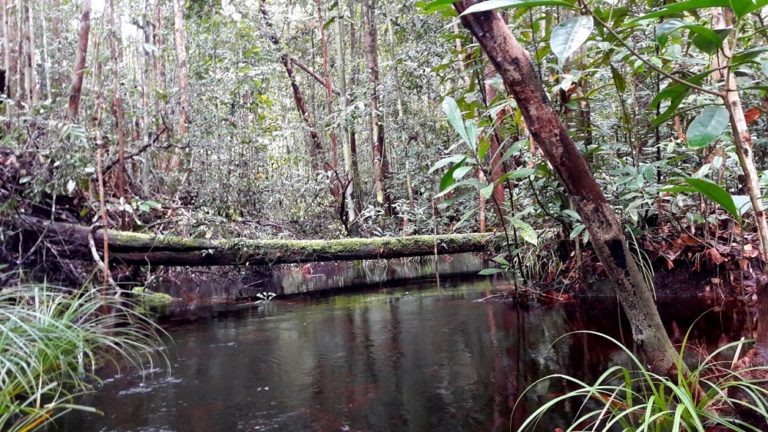
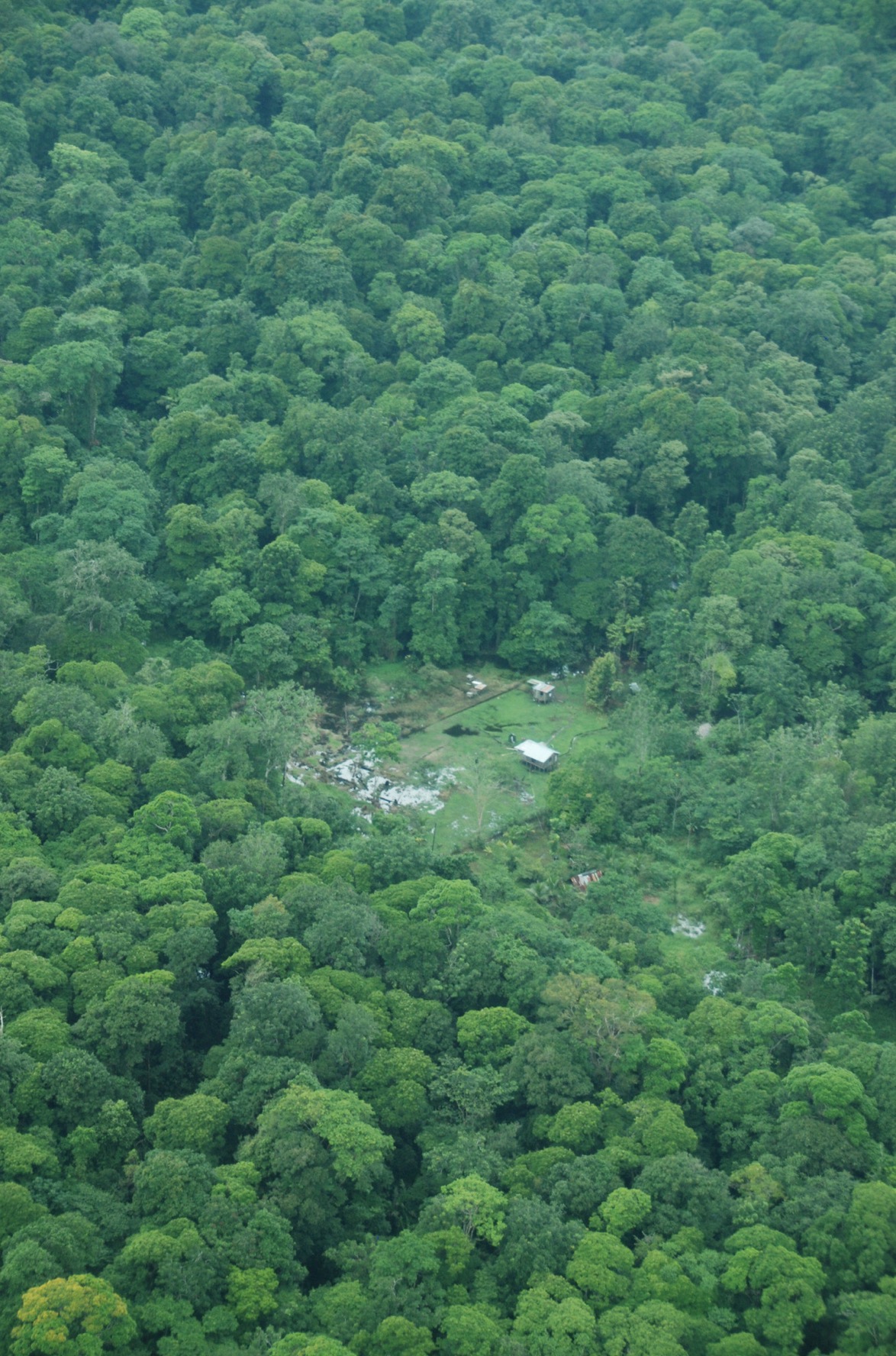 Deforestation in Brazil’s Amazon rainforest surged in 2021, reaching a 15-year high as it emerged that the forest has begun emitting more carbon than it can absorb. Brazil’s National Institute for Space Research (INPE) estimated last month that 13,235 square kilometers (5,110 square miles) of the forest was cleared between August 2020 and July 2021 — the greatest area lost to deforestation in the Brazilian Amazon since 2006. …The Amazon rainforest covers land in nine countries, but around 60% lies in Brazil. According to Greenpeace, one-third of deforestation in Brazil’s Amazon is linked to so-called land grabbing of public land, mainly driven by meat producers clearing space for cattle ranches. …But deforestation has increased in Brazil under Bolsonaro’s rule. He has courted controversy during his presidency for encouraging activities like mining and agriculture in the Amazon and has been criticized for making efforts to pass laws that would allow commercial developments on protected land.
Deforestation in Brazil’s Amazon rainforest surged in 2021, reaching a 15-year high as it emerged that the forest has begun emitting more carbon than it can absorb. Brazil’s National Institute for Space Research (INPE) estimated last month that 13,235 square kilometers (5,110 square miles) of the forest was cleared between August 2020 and July 2021 — the greatest area lost to deforestation in the Brazilian Amazon since 2006. …The Amazon rainforest covers land in nine countries, but around 60% lies in Brazil. According to Greenpeace, one-third of deforestation in Brazil’s Amazon is linked to so-called land grabbing of public land, mainly driven by meat producers clearing space for cattle ranches. …But deforestation has increased in Brazil under Bolsonaro’s rule. He has courted controversy during his presidency for encouraging activities like mining and agriculture in the Amazon and has been criticized for making efforts to pass laws that would allow commercial developments on protected land. 